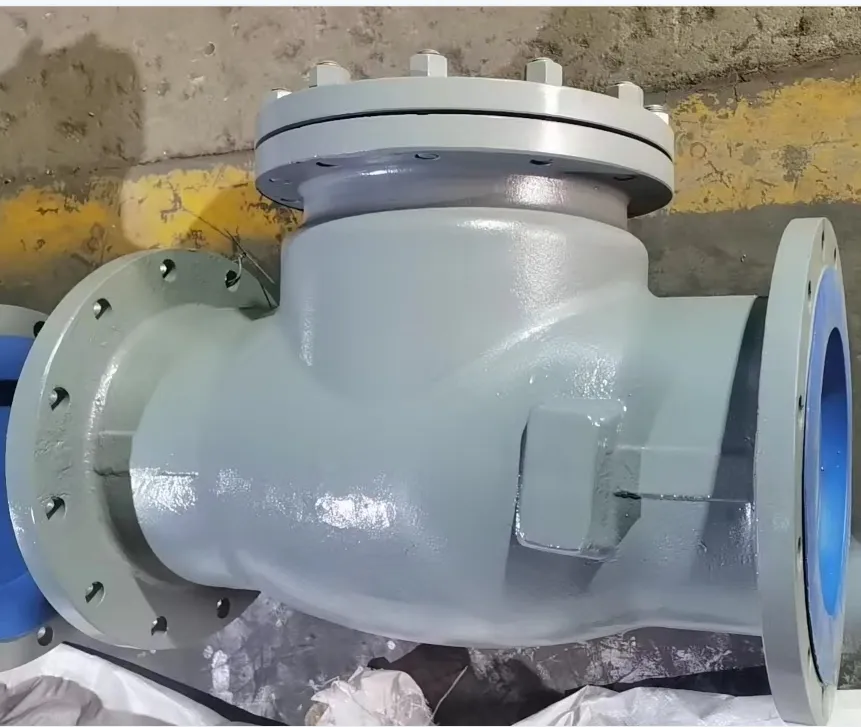flanged elbow
Understanding Flanged Elbows in Piping Systems
Flanged elbows are critical components in piping systems, widely used across various industries including oil and gas, water treatment, chemical processing, and HVAC. They play a vital role in connecting two sections of pipe while allowing for changes in direction. By utilizing flanged elbows, engineers and designers can create efficient and reliable piping layouts tailored to their specific needs.
What Are Flanged Elbows?
A flanged elbow is essentially a three-dimensional pipe fitting that enables a change in the direction of fluid flow, typically at angles of 90 or 45 degrees. The term flanged refers to the feature that allows the elbow to be bolted to other equipment or pipe sections. Each end of the elbow has a flange—a flat, protruding rim—allowing for easy and secure connections. This design simplifies the assembly and disassembly process, essential for maintenance and repairs in complex piping systems.
Types of Flanged Elbows
Flanged elbows come in various types based on material, size, and application requirements
. Common materials include carbon steel, stainless steel, and plastic, each offering different levels of durability and resistance to corrosion. When it comes to size, flanged elbows are available in a range of diameters to accommodate diverse piping systems. The choice of elbow type and material largely depends on the specific environment and fluid characteristics, such as temperature, pressure, and corrosiveness.The most commonly used types of flanged elbows are
1. Standard Radius Elbows These elbows maintain a sharp bend and are generally used for general-purpose applications where space is limited. 2. Long Radius Elbows These feature a smoother, wider curve, reducing turbulence and pressure loss, making them ideal for high-pressure applications or systems with sensitive fluid dynamics.
flanged elbow

3. Socket Weld Flanged Elbows Employed in high-pressure or high-temperature environments, socket weld elbows have a socket attachment that enhances strength and leak resistance.
Benefits of Using Flanged Elbows
Flanged elbows offer numerous advantages. First and foremost, their ease of installation and maintenance reduces labor costs and downtime during repairs. The flanged design allows for quick disassembly when modifications or inspections are necessary.
Additionally, flanged elbows provide a secure connection, minimizing the risk of leaks, which is crucial for hazardous materials. The diverse options available in terms of angle, material, and size enable engineers to specify components that best fit their system requirements, ensuring optimal performance and longevity.
Another notable benefit is the ability to accommodate thermal expansion. Piping systems often experience changes in temperature that can cause materials to expand or contract. The flexibility inherent in flanged connections helps to mitigate stresses that may arise from these temperature fluctuations, enhancing the durability of the entire system.
Conclusion
In summary, flanged elbows are indispensable in modern piping systems, providing the necessary flexibility and reliability for various industrial applications. By understanding their types, benefits, and applications, engineers can make informed decisions to enhance the efficiency and effectiveness of their piping designs. As industries continue to evolve, flanged elbows will remain a foundational piece in maintaining the flow of fluids in both complex and straightforward piping configurations. Their crucial role underscores the importance of selecting the right components to ensure safety, efficiency, and longevity in fluid transport systems.
-
The Key to Fluid Control: Exploring the Advantages of Ball Valves in Industrial SystemsNewsJul.09,2025
-
The Versatile World of 1, 2, and 3 Piece Ball ValvesNewsJul.09,2025
-
Stainless Steel Ball Valves: The Ideal Choice for Efficient Flow ControlNewsJul.09,2025
-
Optimizing Fluid Control with Ball Float ValvesNewsJul.09,2025
-
Manual Gate Valves: Essential for Control and EfficiencyNewsJul.09,2025
-
Everything You Need to Know About Butterfly ValvesNewsJul.09,2025
-
The Versatility of Wafer Type Butterfly ValvesNewsJul.08,2025




